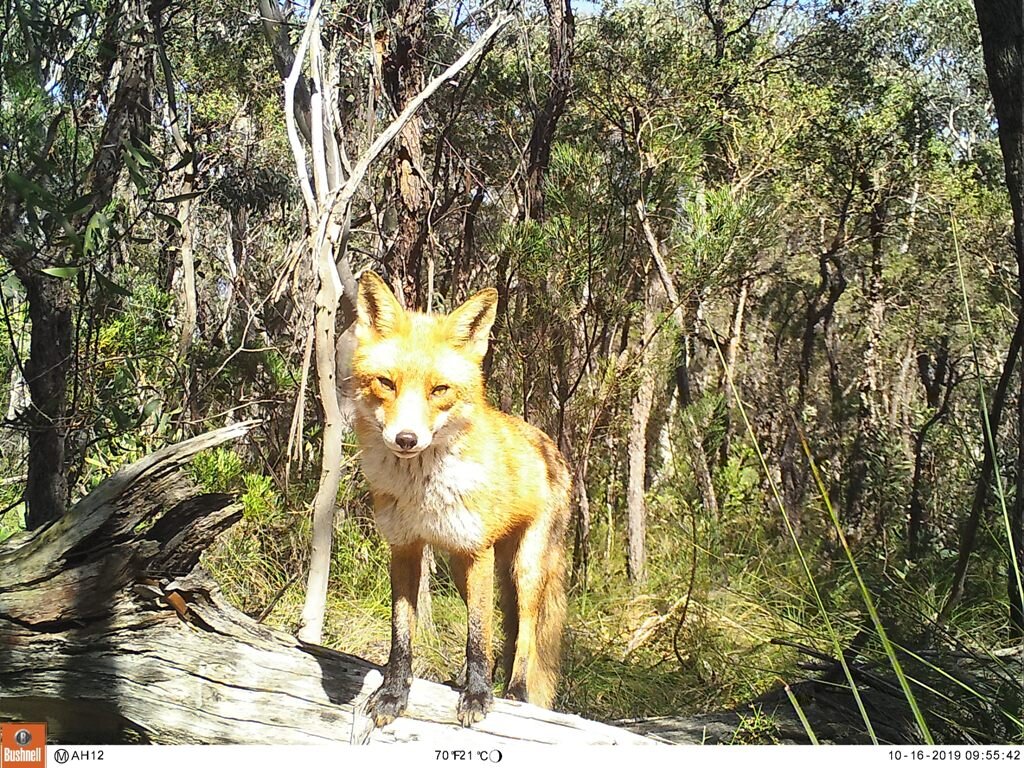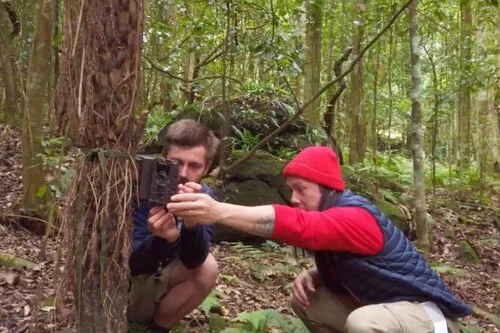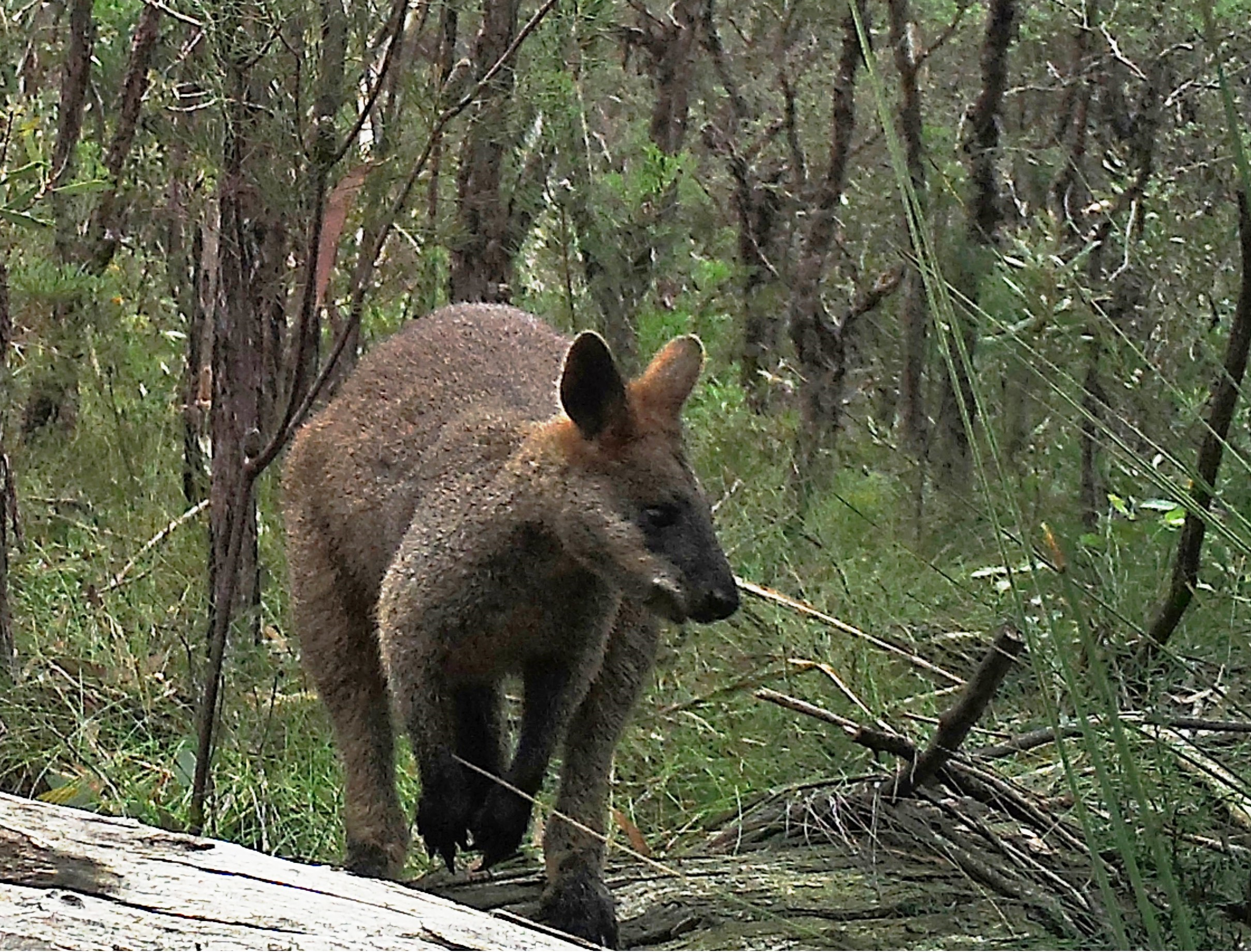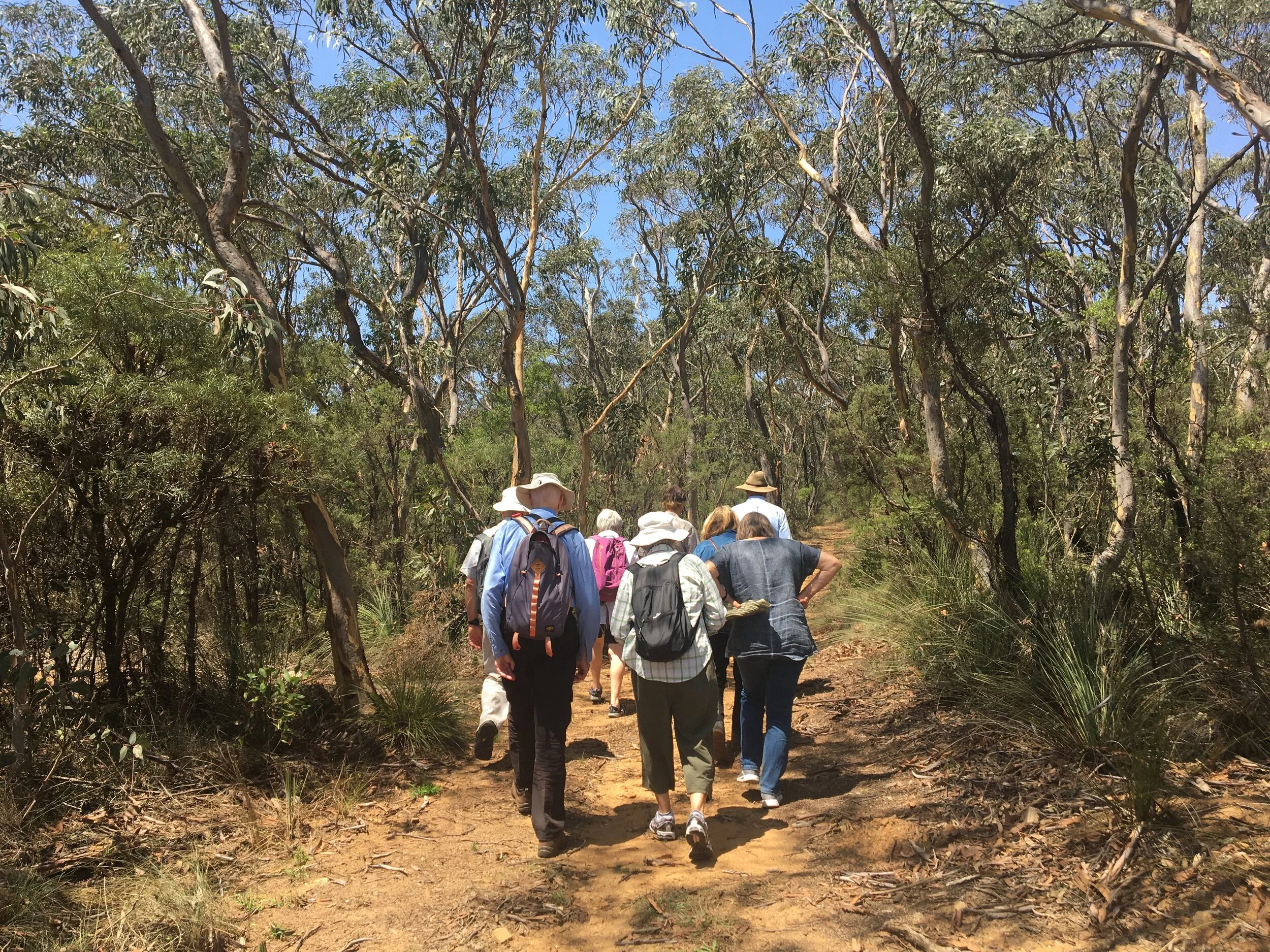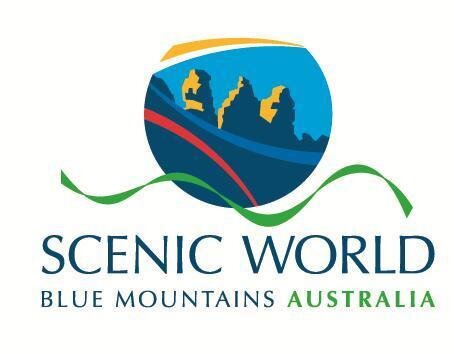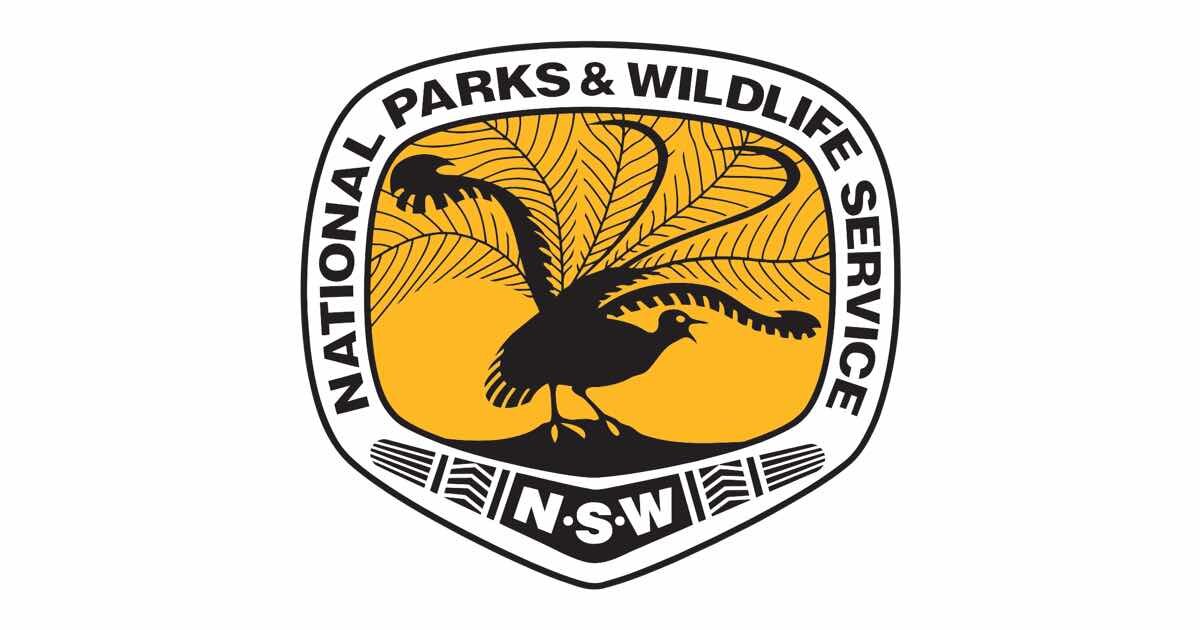ECOLOGICAL MONITORING
In 2018 the Institute partnered with Scenic World to launch an ecological monitoring for climate change project that is now powered by the dedication of volunteer citizen scientists.
This project aims to monitor the presence and movement of flora and fauna and provide long-term records of changes that may reflect influences such as climate change and human impacts. The project uses camera trap installations to capture movements of fauna in real-time as well as manual photography in fixed locations to capture long-term changes to flora and ecosystems. These captured images are collected each week and uploaded to the BMWHI database.
All images are then codified and analysed by our research team, then uploaded to the Atlas of Living Australia database using the BioCollect tool designed for citizen science projects.
Since the first pilot in 2018, conducted in conjunction with Scenic World staff in the Jamison Valley Katoomba, the project expanded to cover two other zones in Blackheath and Wentworth Falls. The two extra zones are monitored thanks to the dedication of local volunteers, many of whom are already involved in community conservation and bushcare groups.
Regular fauna sightings on the walks and camera traps to date have included lyre birds, black cockatoos, quolls, foxes, feral cats and wallabies.
2020 Update
Thanks to critical financial support from the Peter und Luise Hager Foundation, a federal government Communities Environment Program Grant, and a grant from the Foundation for National Parks and Wildlife, the project has been significantly upgraded and expanded in 2020.
We have worked with ecologists to upgrade our monitoring processes to a more robust and scientifically valuable methodology; scouted 28 monitoring site locations from Blackheath to Springwood and set them up with poles and cameras; and we have recruited, inducted and equipped a large cohort of citizen scientists to go on regular field expeditions and record these valuable ecological observations.
We are also developing an online project hub on the BioCollect database in collaboration with the CSIRO BioCollect team and have been able to establish a successful iNaturalist project for crowd-sourced observations captured in-situ.
acknowledgements
This project has been made possible thanks to the input and generous support of donors, partners, sponsors and community members.
With data support from the ALA
JOIN the program
Interested in joining this program as a citizen scientist?
Participation involves an easy walk into the bush once a week to photograph flora and fauna.

